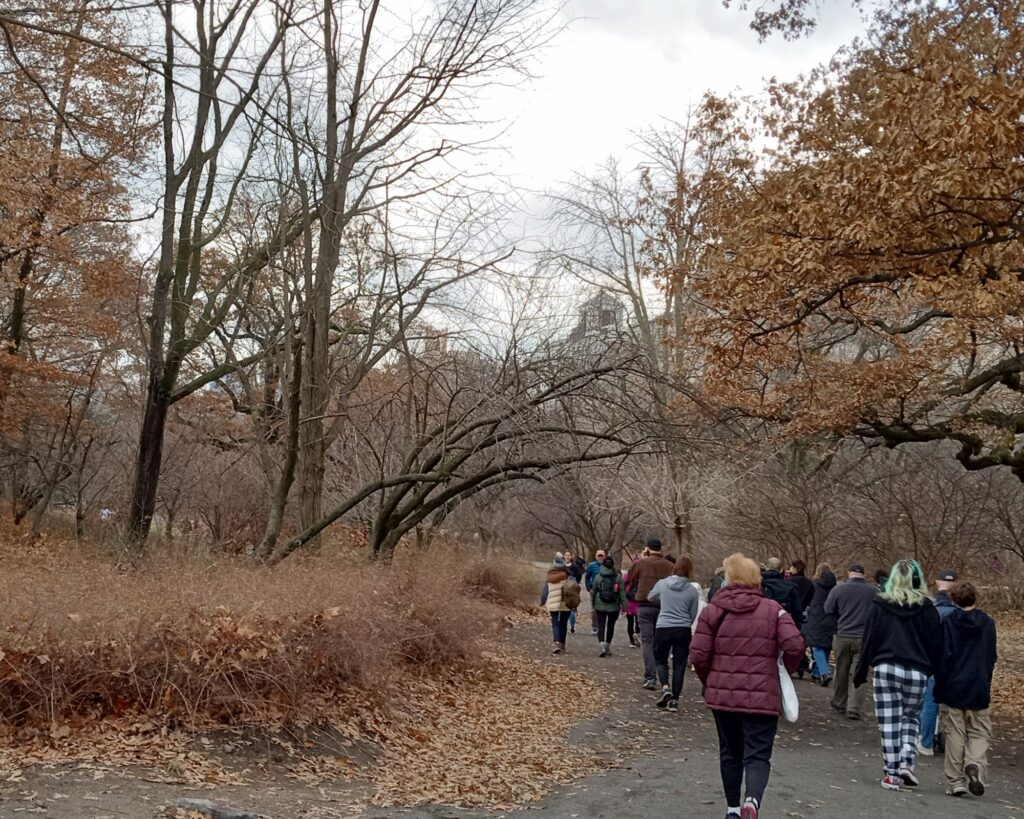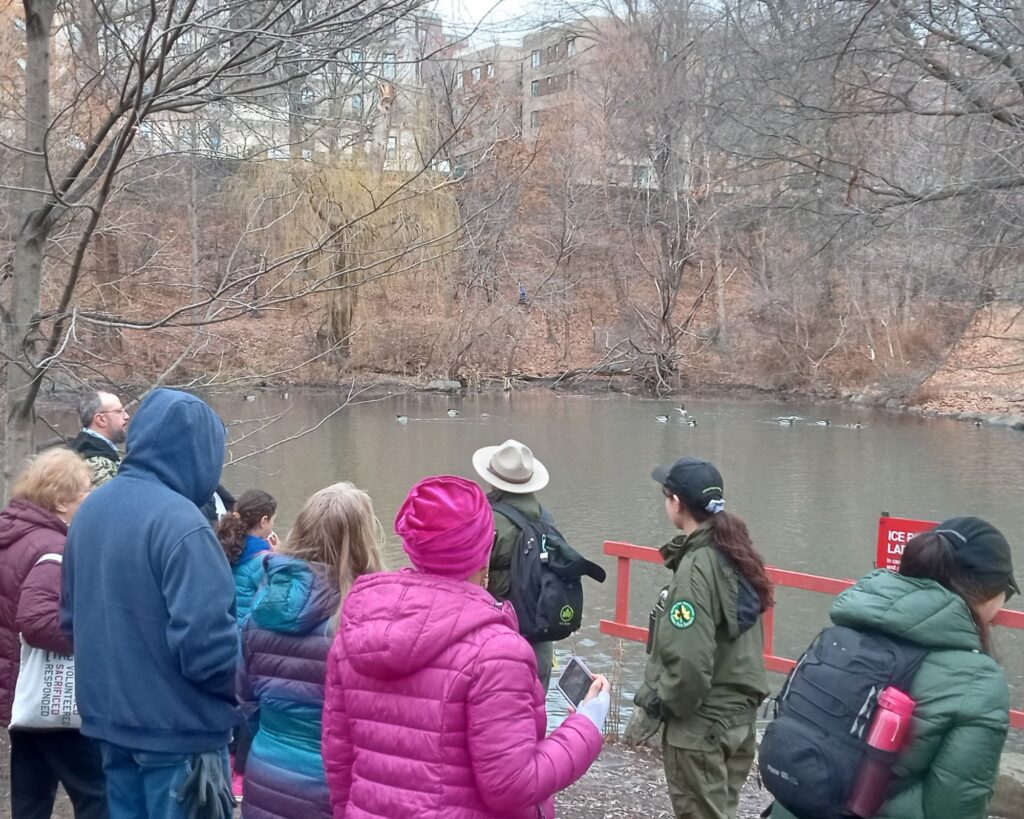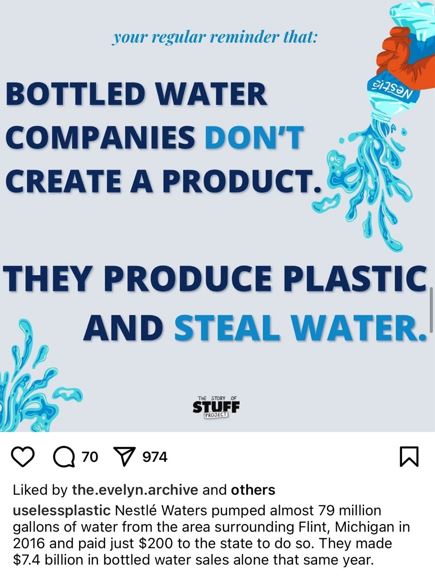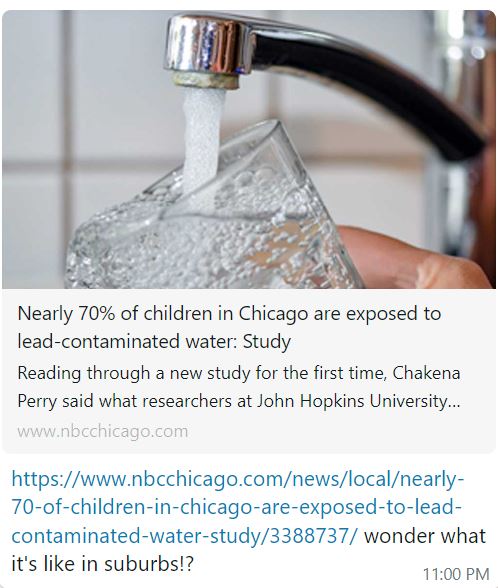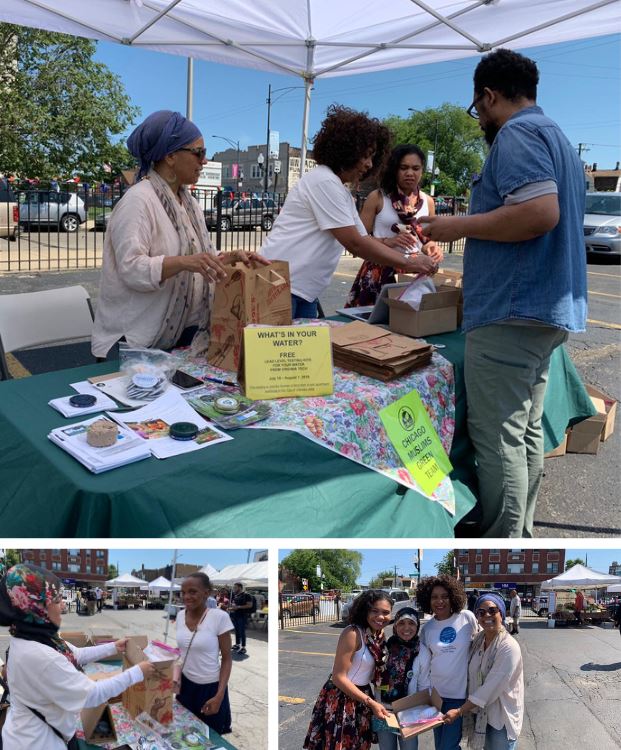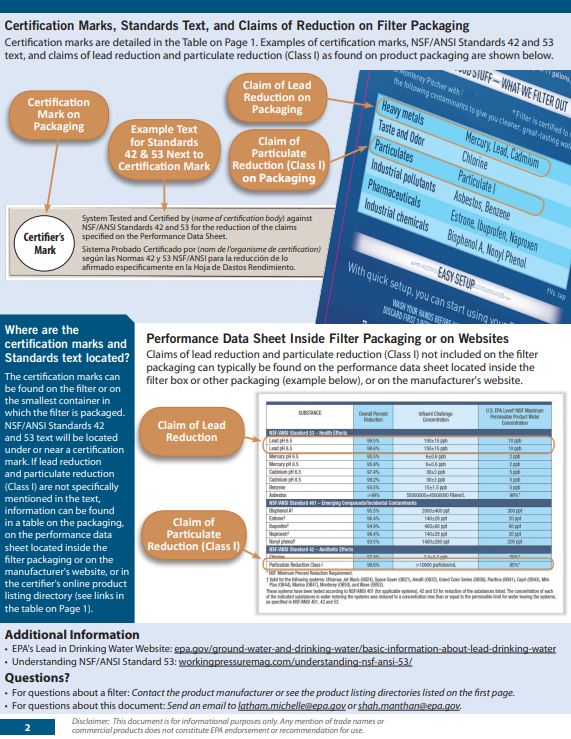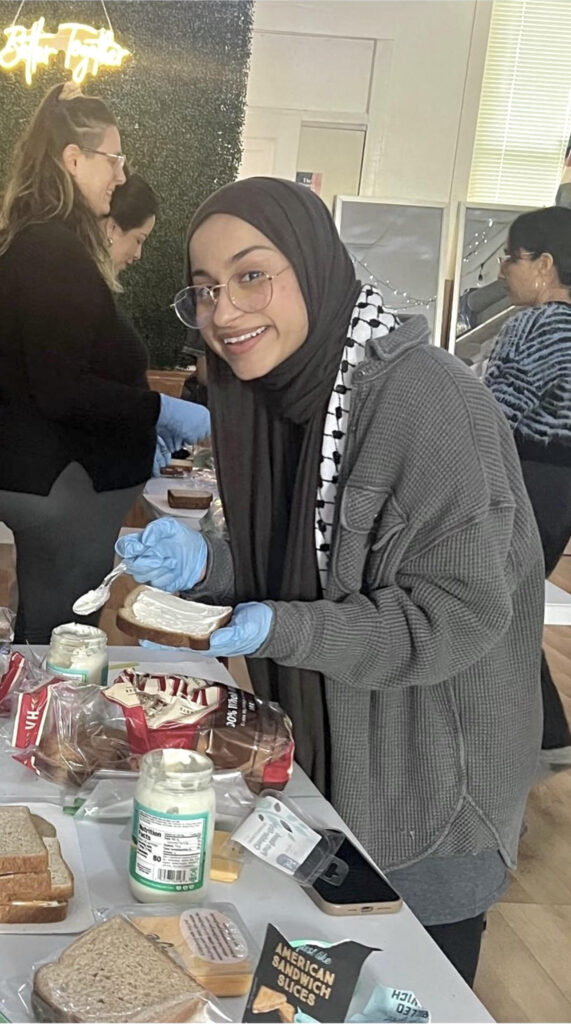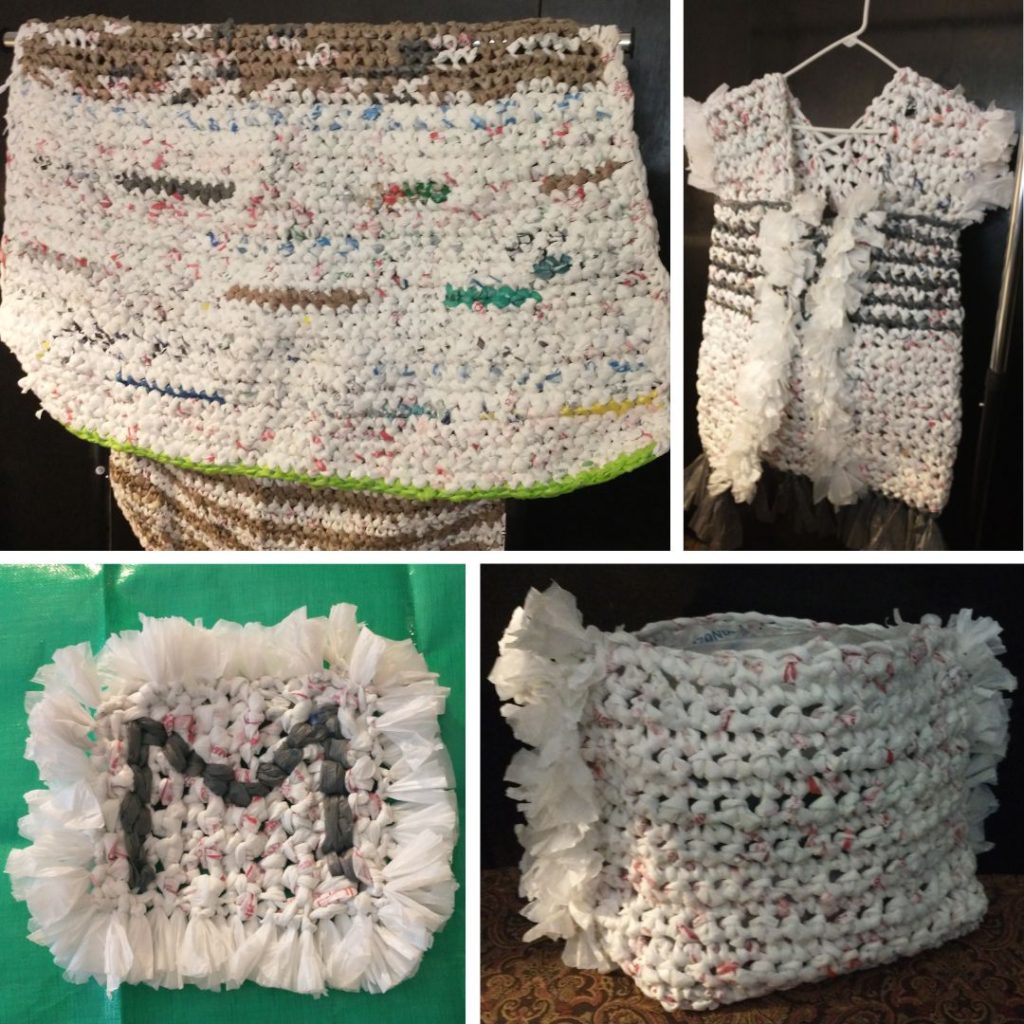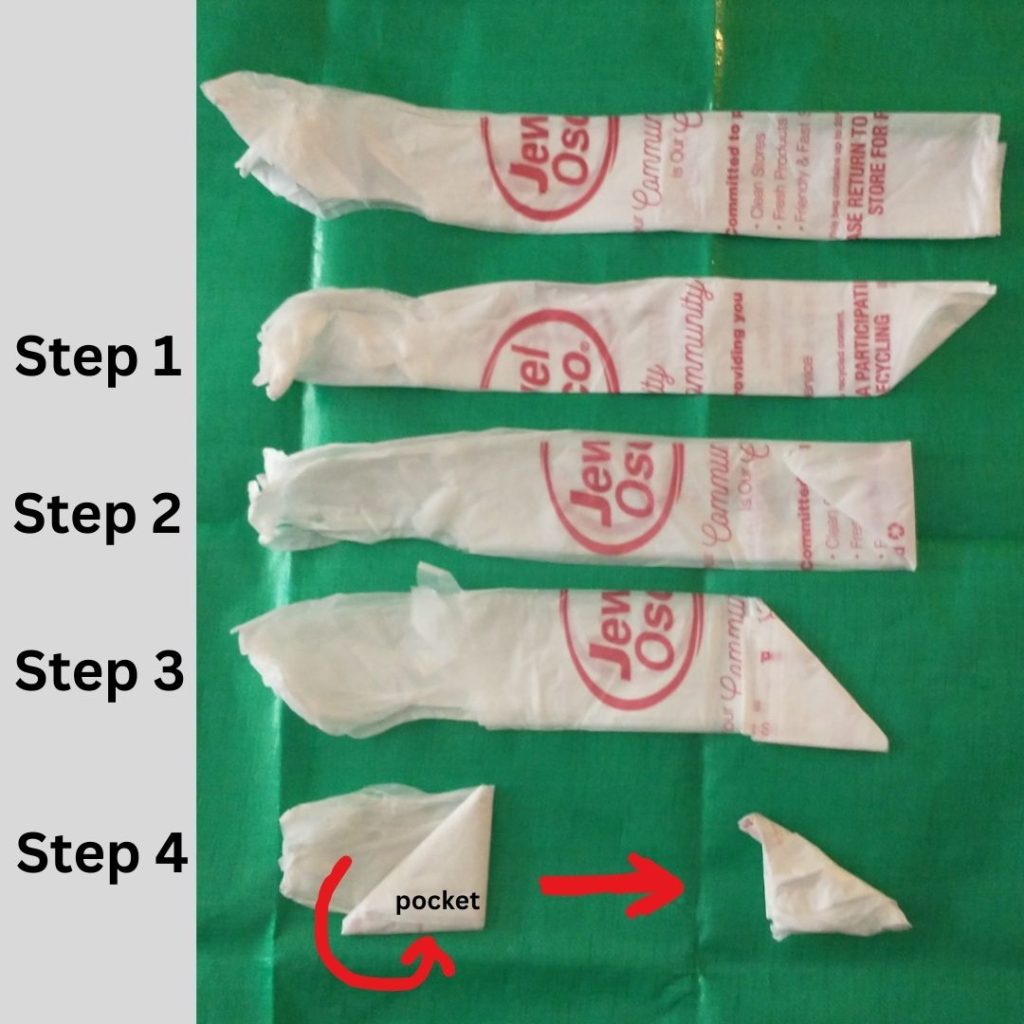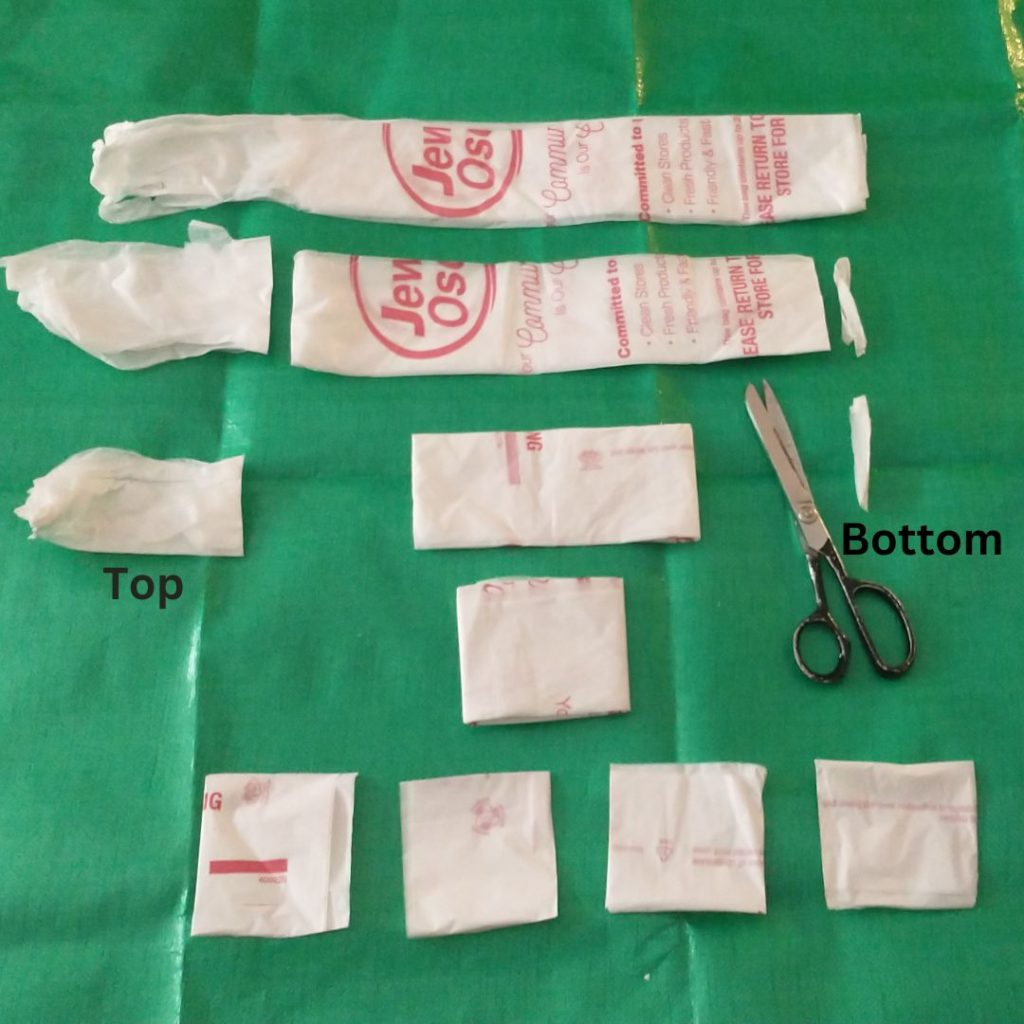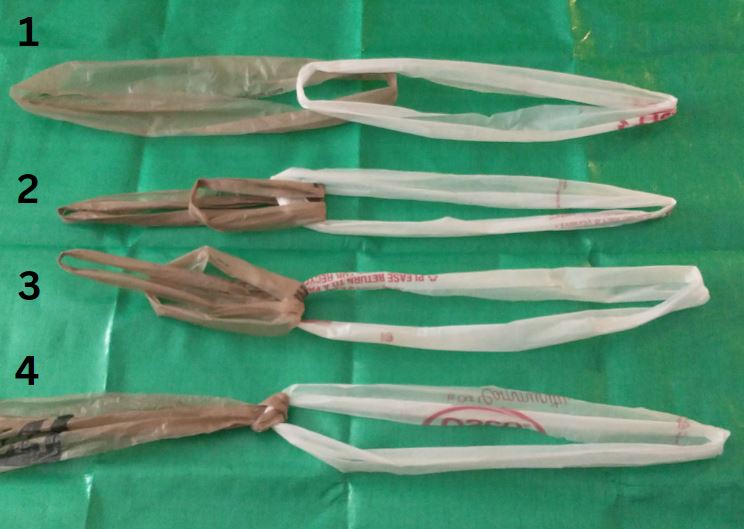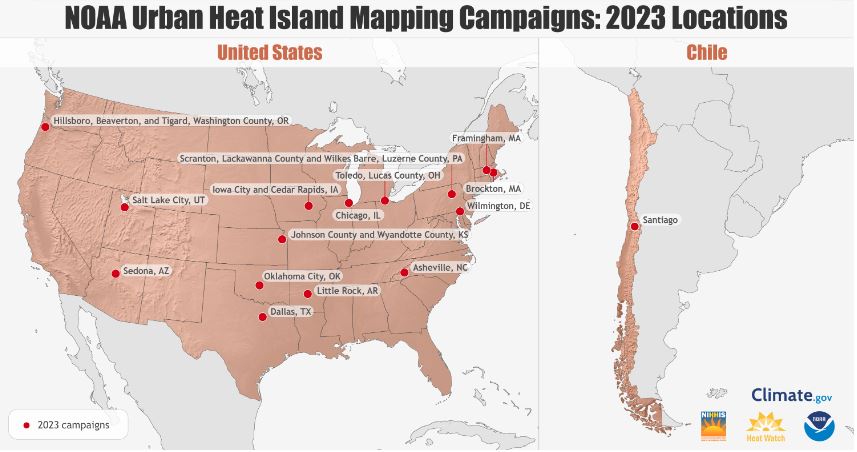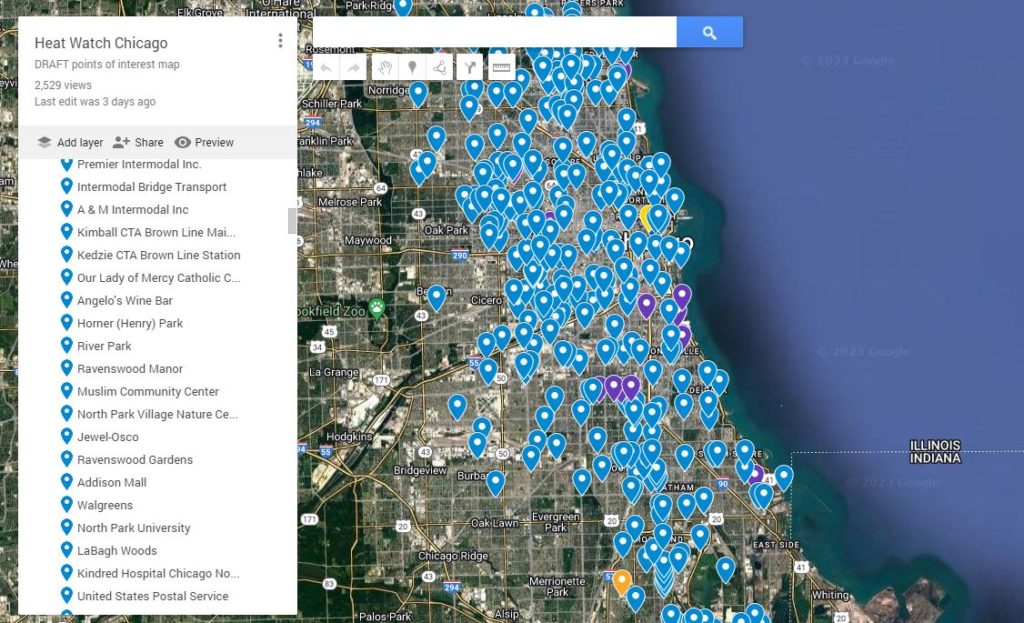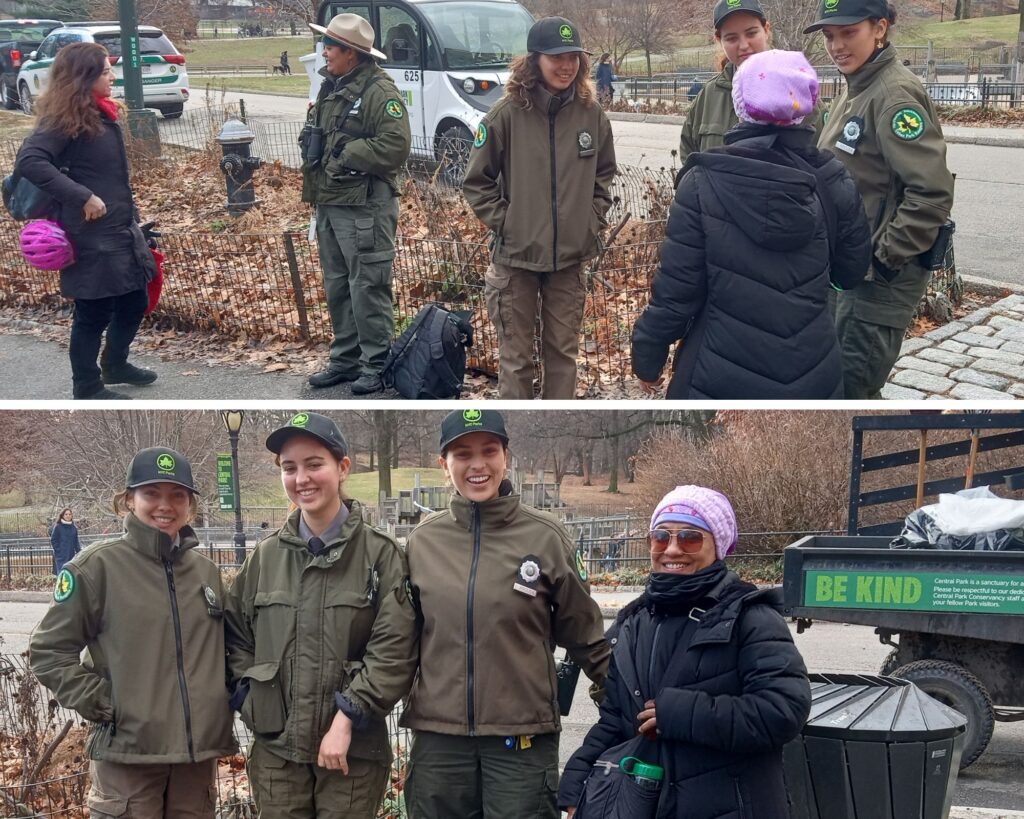
“If your New Year’s resolution is to get healthy, join the Urban Park Rangers on a lengthy hike.” That’s the invitation written on the NYC park website for the New Year’s Day Super Hike, a free public event at Central Park on January 1st.
Manhattan, NYC is famous for its Time Square New Year celebration but not many people know there are healthy and eco-friendly events available for locals and tourists to enjoy for free of charge during the holiday season.
The hiking event at Central Park is part of nationwide First Day Hikes organized by America’s State Parks. It aims to encourage individuals and families to start the year on the right foot – by getting outside and connecting with nature. According to the Park’s website, there are more than 1,000 hikes available, including at Illinois State Parks.
At the hike, the Urban Park Rangers guided us for two hours exploring the park and shared awesome and interesting facts about rock, animals, trees, and history of the Park. For example, the fact that Central Park is a manmade park but it’s a home to natural rock that was formed around 500 million years ago left by a large glacier that covered all of New York City.
Another interesting fact shared by the Rangers is about the Eastern White Pine tree that can be found at the Arthur Ross Pinetum, a four-acre arboretum at Central Park that features a collection of 17 different species of pine trees. The White Pine is a magnificent and historically significant tree. Almost all parts of the tree, including needles, bark, resin, and wood are beneficial for humans.
The Lenape, a Native American tribe who originally inhabited New York used the herbs from the tree to make tea and medicine. The evergreen tree was also a symbol of great peace for native Americans. For the British, it was once the most valuable tree to build and maintain their huge number of ships to defend the Empire. In 1772, Pine Tree Riot happened due to the American colonies’ opposition to the King’s “Pine Tree Law” that culminated in the American Revolution.
After visiting Arthur Ross Pinetum, the Rangers guided us to Seneca Village and shared a history about forced displacement of a thriving community of predominantly African-Americans, many of whom owned property. This happened in the 1850s for the City government to acquire the land for the Park. The history of Seneca Village was long hidden until 2011, when an archaeological excavation of the area uncovered significant remains.
In this two-hour hike, we also visited other interesting spots like The Pool where we learned interesting facts about the ducks, Jacqueline Kennedy Onassis Reservoir, Turtle Ponds, Belvedere Castle, Bow Bridge and the famous Bethesda Terrace.
For locals and tourists in NYC, the annual First Day Hike event at Central Park is undoubtedly a perfect eco-friendly event to appreciate our health, nature, and history on the first day of the year.

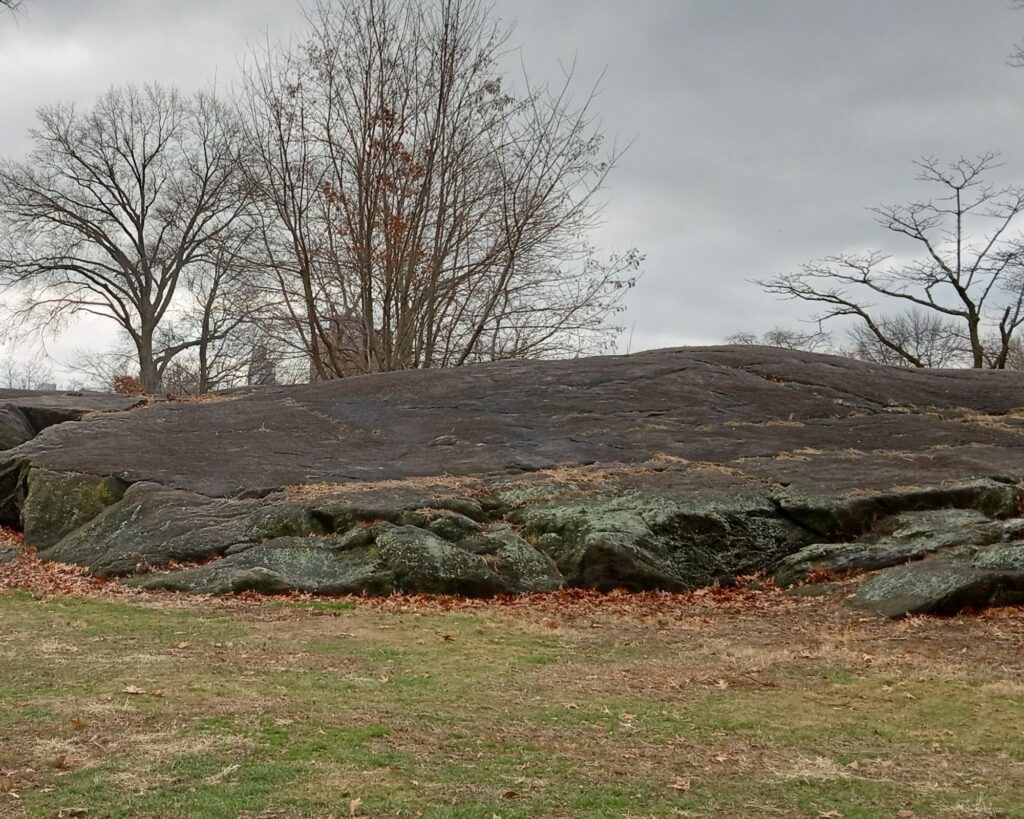

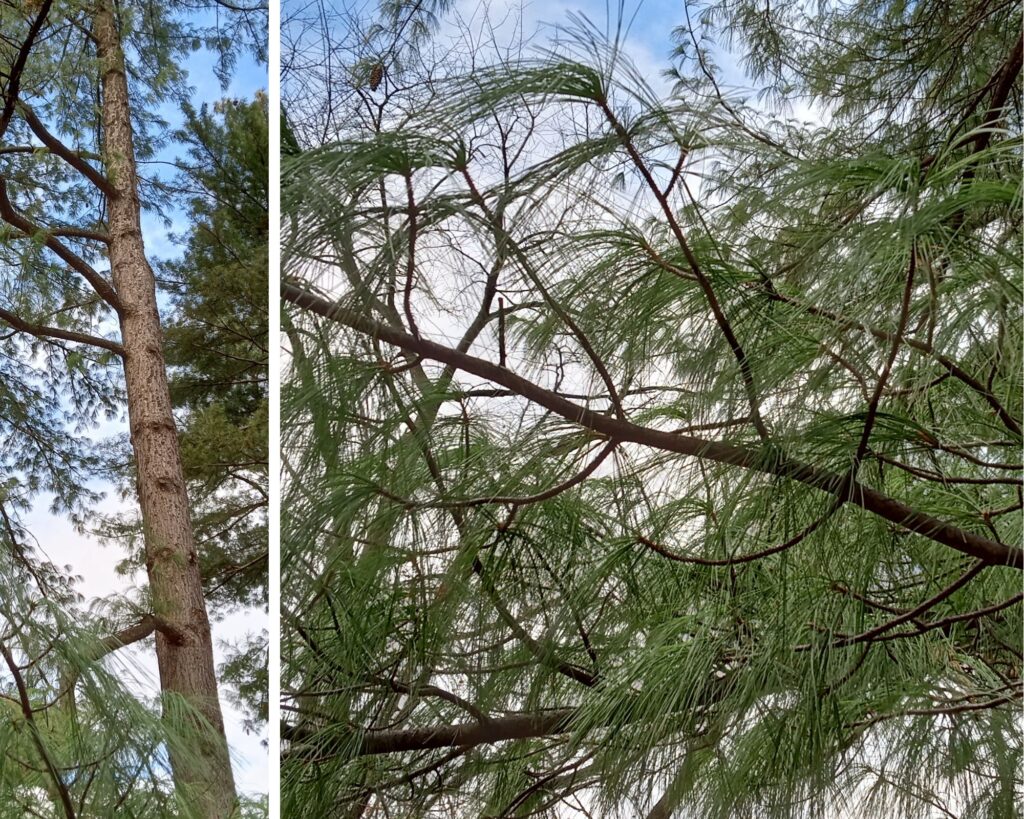
Eastern White Pine Tree
